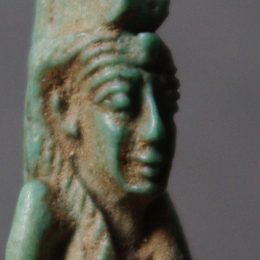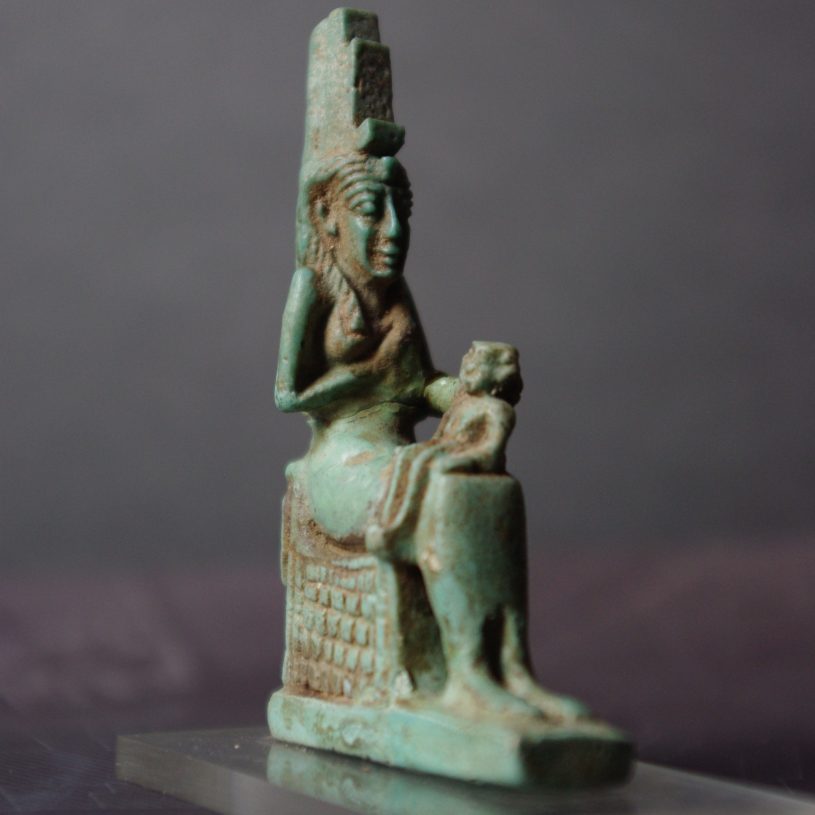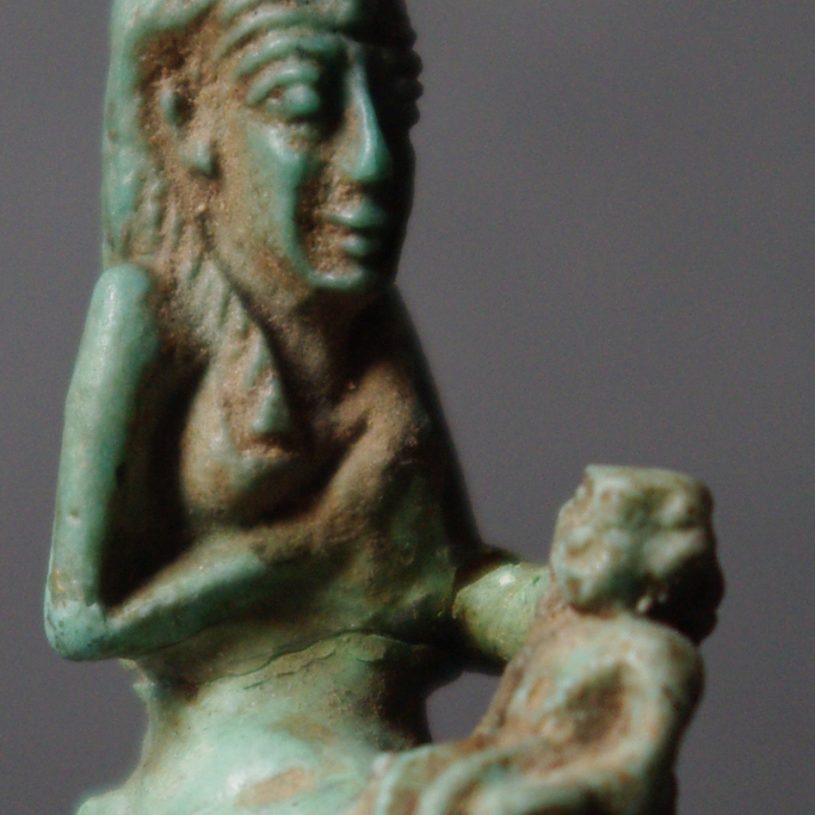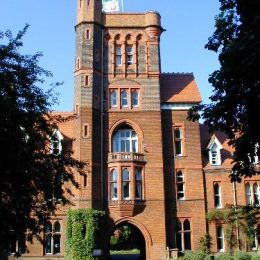Exploring the world of art, history, science and literature. Through Religion

Welcome to TreasureQuest!
Look through the treasures and answer the questions. You’ll collect jewels and for each level reached, earn certificates.
How far will you go?
You need an adult’s permission to join. Or play the game without joining, but you’ll not be able to save your progress.
This small figurine is an example of mass production, which individuals would purchase to have in their homes.






Are there links to current religious practices or a modern equivalent?
This image of Isis with the infant Horus was adopted by Christian iconography, [picture making], where the Mother (Mary) and Child (Jesus) are widely portrayed in a similar (though more humanised) pose.

Where is it from, where is it now?

Websites
Wikipedia
Ancient Egyptian Deities, Egyptian Gods and Goddesses and Egyptian faience.
British Museum
Ancient Egypt Resources.
Girton College, Lawrence Room
More details on this treasure can be found in the online catalogue.
Books

Ancient Egyptian Religion
Stephen Quirke
1993, British Museum Press

Egyptian Mythology: a Guide to the Gods, Goddesses, and Traditions of Ancient Egypt
Geraldine Pinch
2004, OUP












 Faculty of Divinity
Faculty of Divinity